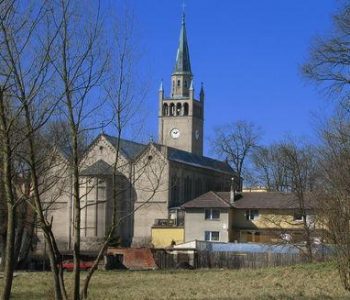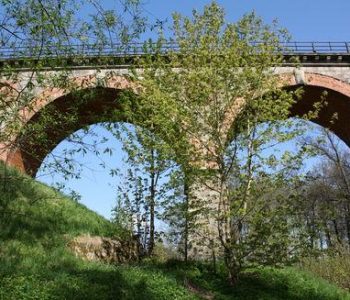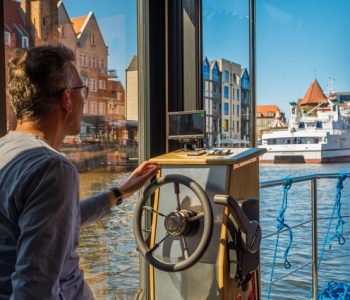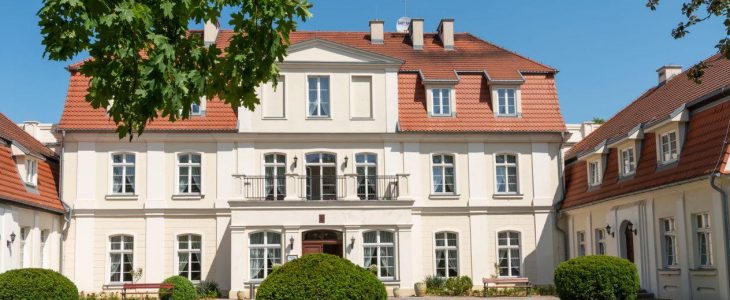For centuries Bytów has been a multicultural town on the frontier of nations. Its rich history is evidenced in the times of the small temple from the 17th Century. In medieval times, there was probably a wooden temple of St. George with a hospital and shelter for patients on the site of the present temple.
After World War II, Bytów found itself within the limits of Poland. The local German minority, which included most of the town’s Evangelicals, was resettled. The Germans left Bytów and its surroundings, leaving behind their homes, farmsteads and temple. As a result of the “Vistula Campaign”, Ukrainians from south east Poland arrived in Bytów. This way, the Protestants were replaced by Greek Catholics.
The Greek Catholic parish in Bytów has been functioning since the nineteen fifties. After the renovation, which took place during the nineteen eighties, the former Protestant chapel became a Greek Catholic Orthodox. The eastern character was provided by a dome in the Byzantine style.
The church is associated with the activities of Szymon Krofey (the Bytów commemorative coin is named after him), who was a pastor, religious writer, teacher and rector of the local school. He is the author of the translation of Martin Luther’s catechism into Kashubian. He was a devout defender of Kashubian, wanting to afford the regional tongue with a place in all areas of life. Thanks to his devotion, Masses in Kashubian were conducted in the church until halfway through the 19th Century.
















